Areas affected include popular tourist destinations, such as Fairy Meadows, Khyber Pakhtunkhwa and Gilgit-Baltistan.
Downpours are heavier in the Khyber Pakhtunkhwa province than the same period last year, prompting weather advisories and alerts for flooding from glacial lake outbursts, said Anwar Shahzad, a spokesperson for the local disaster management authority, on Saturday.
The weather advisory alert comes after the authority sent out a letter earlier this month saying “persistent high temperatures may accelerate snow and glacier melt and subsequent weather events” in vulnerable parts of the region, underscoring the ongoing heavy impact of climate change on the country.
Spokesperson Faizullah Firaq said on Saturday there was “severe destruction” in some areas and damage to houses, infrastructure, crops, and businesses.
Search operations were under way to find missing people on the Babusar Highway, where flooding struck nine villages. Helicopters rescued tourists stuck in the popular spot, Fairy Meadows, he added.
Abdul Samad, from the Khyber Pakhtunkhwa Tourism Department, said rescue teams evacuated more than 500 holidaymakers from Naran after a cloudburst overnight Friday caused a road closure. Authorities deployed heavy machinery to remove debris and restore access.
In the neighbouring Gilgit-Baltistan region, the government said it had distributed hundreds of tents, thousands of food packets, and medicine to flood-affected communities. Three people died there on Tuesday when a cloudburst caused floods and landslides, stranding more than 200 tourists who were later rescued.
Zakir Hussein, director general of Gilgit-Baltistan’s Disaster Management Authority, said on Tuesday that while warnings help reduce the presence of tourists in these vulnerable areas, they are not always enough.
“Generally, tourists pay attention to our warning notices. Those who still choose to come are either those who did not see the warning or those who have some urgency to visit,” Hussein told Al Jazeera. “At the end of the day, it is weather prediction, but considering the severity of the consequences, people should take it seriously.”
The rains are a routine part of South Asia’s climate and are essential for crop irrigation and replenishing water supplies.
However, their adverse effect has worsened in recent years due to rapid urban expansion, poor drainage systems, and more frequent extreme weather events linked to climate change.
Pakistan’s above-average rainfall this monsoon season has raised concerns of a repeat of the devastating 2022 floods that submerged a third of the country, killed 1,737 people and displaced more than 30 million. Some 260 have died across Pakistan so far this season, which runs through to mid-September.
Pakistan, which has a population of about 250 million, is one of the world’s most vulnerable countries to climate change, but one of the lowest contributors to greenhouse gas emissions. It is also home to more than 7,000 glaciers – the largest outside the Earth’s polar regions.

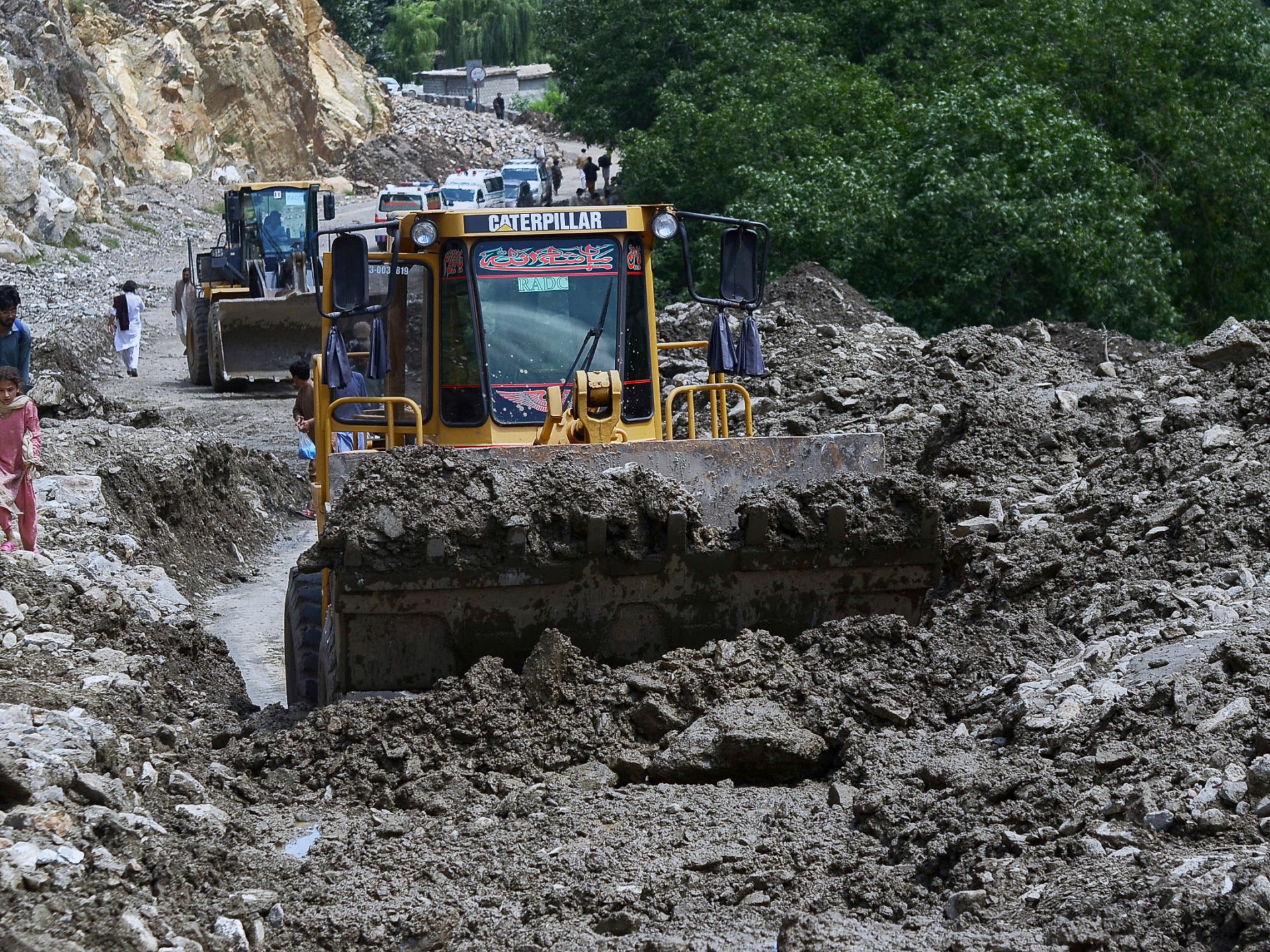
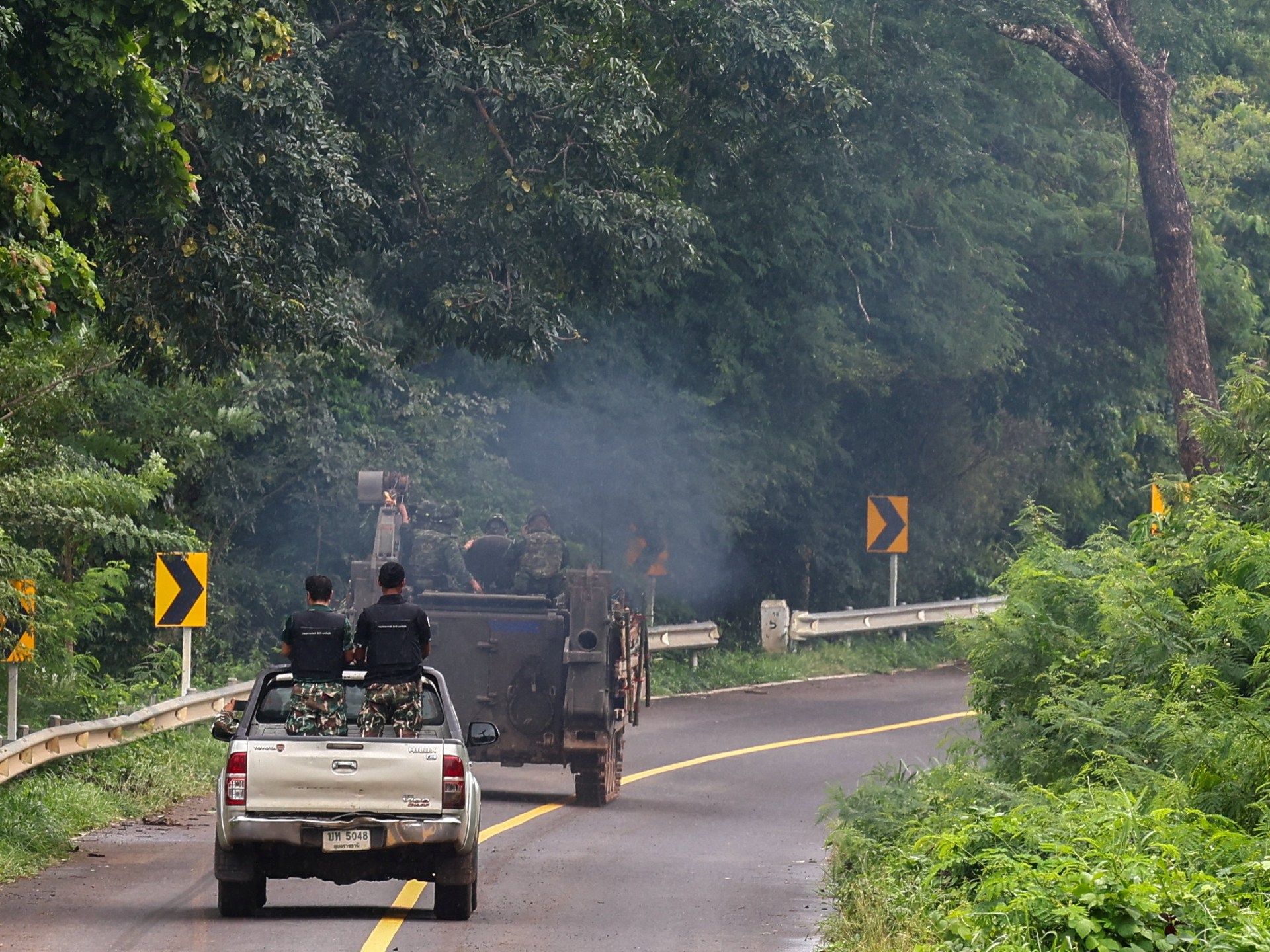
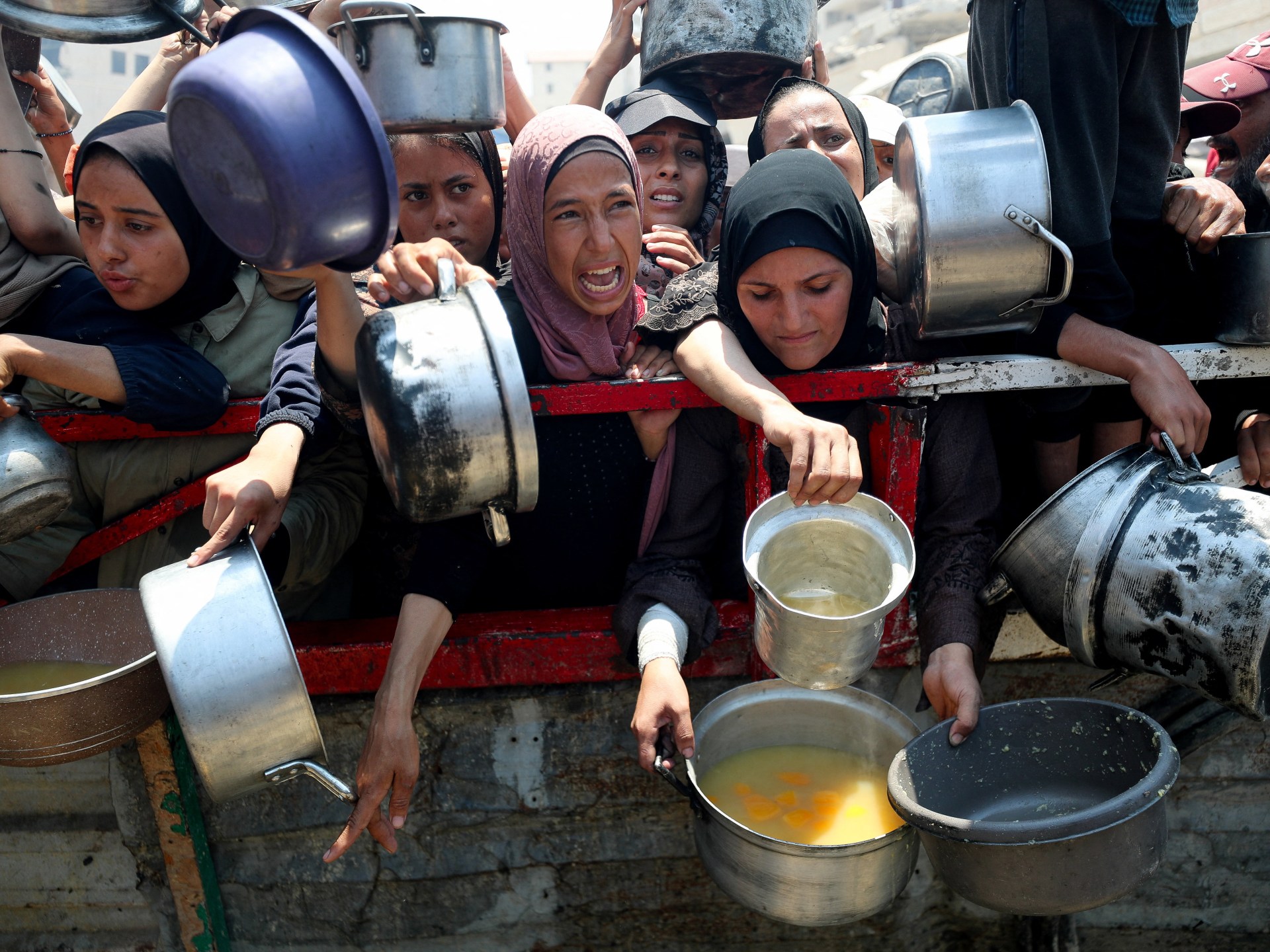
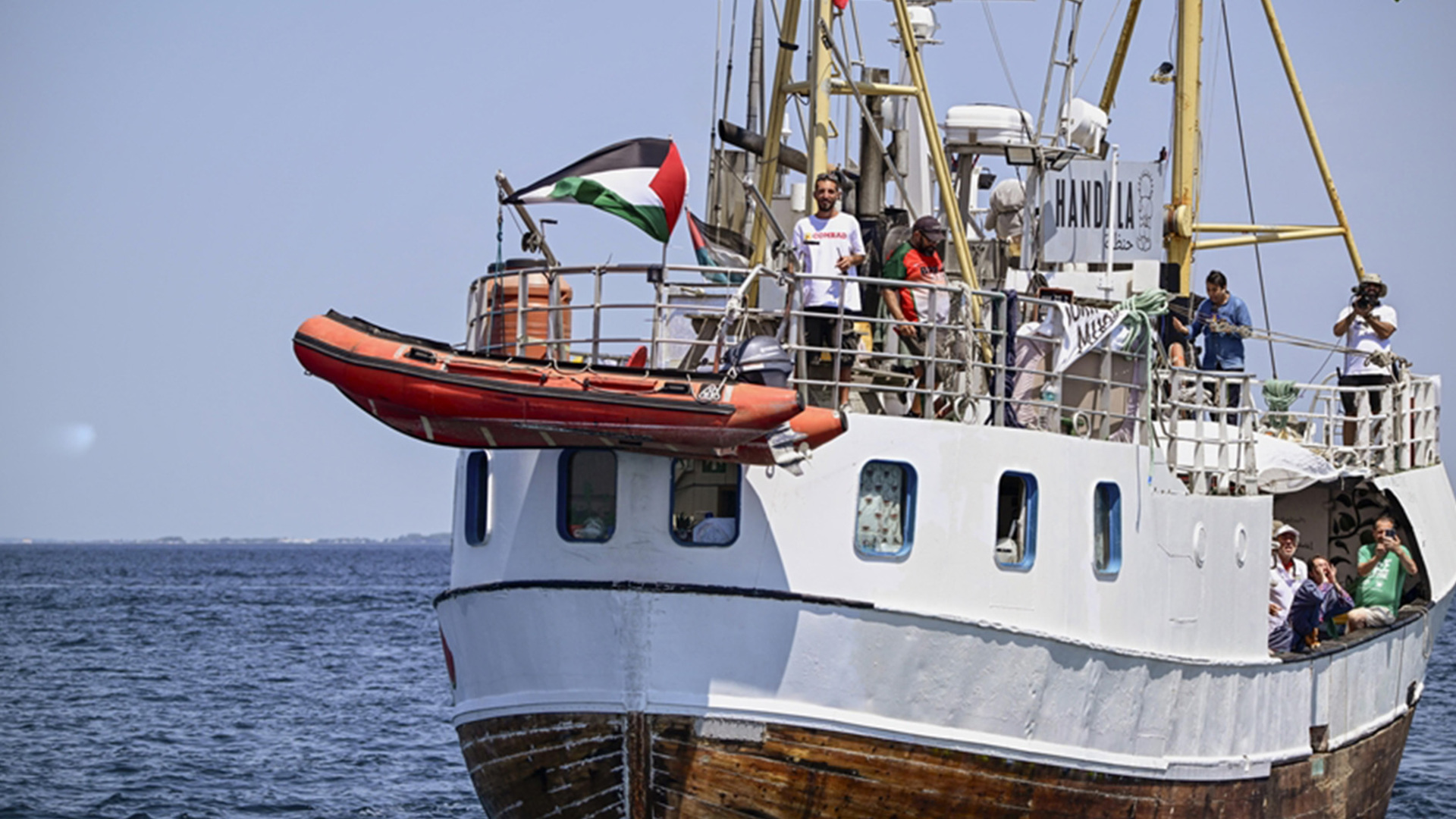



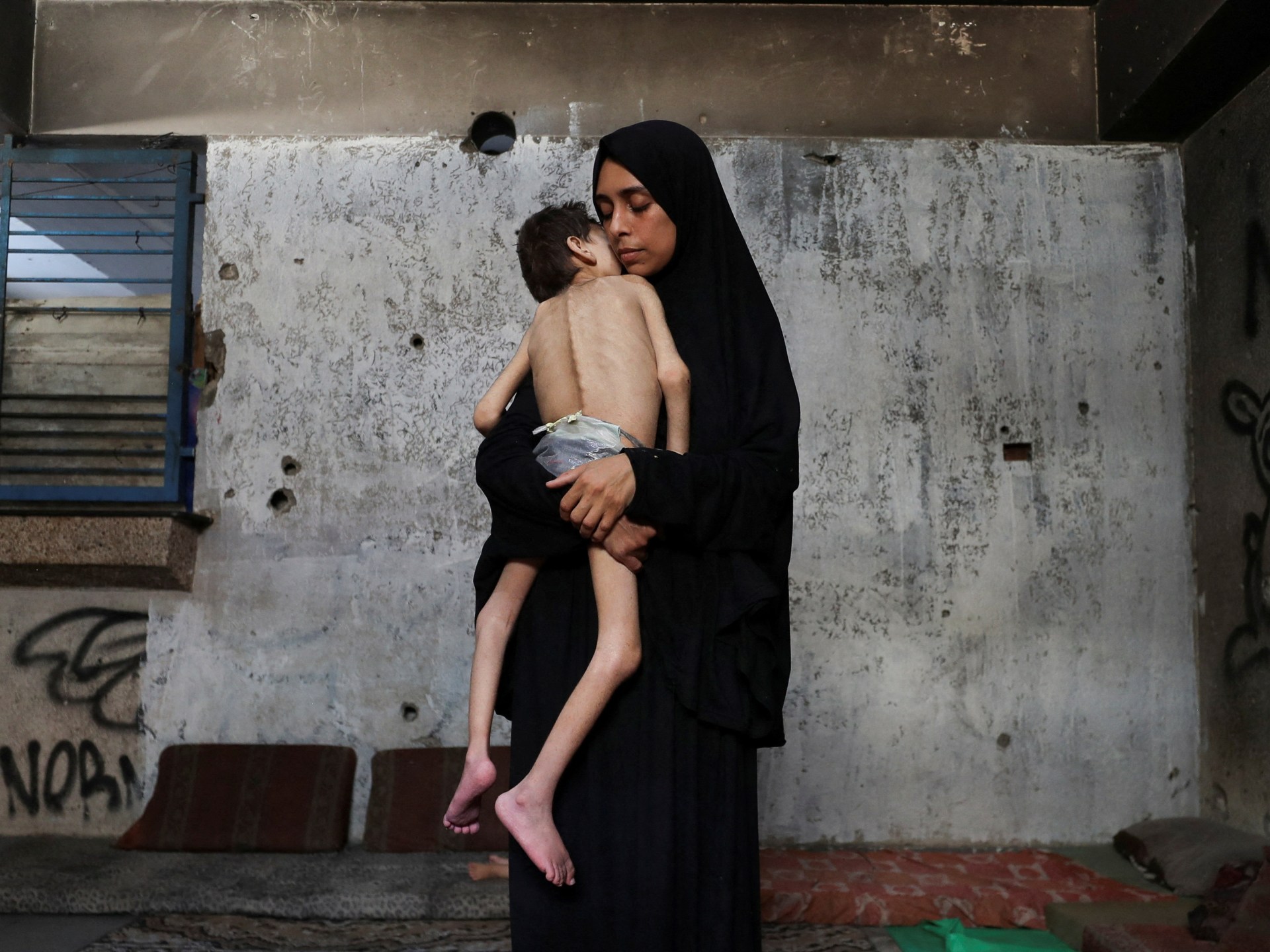






Leave a Reply